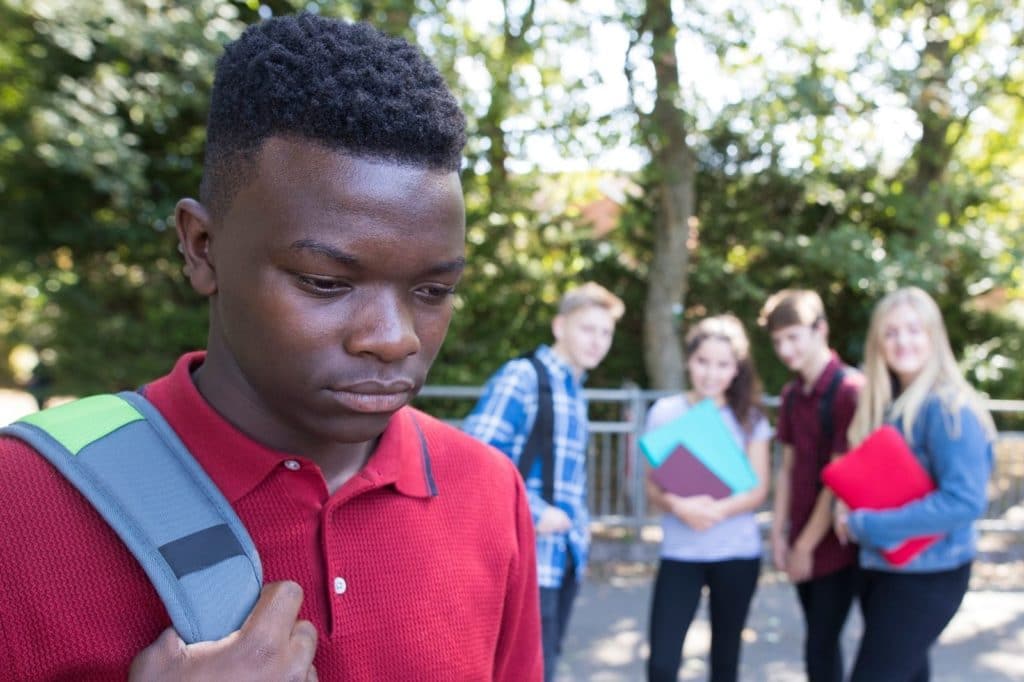Bullying is a common topic discussed by parents, teachers and mental health professionals. Most everyone, including children and teens, agree that bullying is a problem that should be prevented as there are tragic, even fatal, consequences to bullying. Unfortunately, despite the seeming agreement that bullying is morally opposed by most everyone, the trend continues as seen regularly in the media.
From my perspective, one of the problems we have is looking for “bullies” instead of being aware of bullying relationship dynamics. The reality is that we can all bully others: adults, parents, kids and teachers. Attempting to identify the “bad person(s)” or “bad kid(s)” who are then labeled as a “bully” leaves much to be desired in addressing the underlying problems associated with bullying.
The dynamics that underlay bullying on both sides are often related to our human needs to feel in control, some degree of power, experience external validation, our desire to be accepted and feel good about ourselves. Bullying relationship dynamics take place when these needs drive us to interact in manners that impinge upon others’ needs and personal freedom. What follows are some questions that may help you identify bullying relationship dynamics. The first step is to know what bullying is by educating yourself so that you can discuss the important issues with your children and identify bullying when it is occurring.
1. Is there an imbalance in power?
Bullying behavior relies upon real, or perceived, power in order to influence others. For example, is there another person, or group of people, who have physical strength, social status or information they use to intimidate you or your child? Do they use this strength or status to exercise control over you or your child’s behaviors?
2. Do you or your child feel scared or threatened?
Does interacting with another person, or group of people, who have some type of power over you make you, or your child, feel afraid that you, or they, will be hurt emotionally, physically or in some other manner if you, or they, do not do what this person or group wants?
3. Can your child freely make choices?
Do others make your child do things that they do not want to do, or refrain from doing things they do want to do? Do they do this by using the real or perceived power described above in order to coerce them? Does your child feel that they do not have choices or freedom because they think something bad will happen if they do not follow their lead?
4. Does your child feel they have to keep secrets or stay quiet?
Do you feel that your child cannot tell others about how someone is treating them because they fear it will only make things worse? Have they been threatened to keep quiet or else the person, or group of people, will use their power or influence to hurt, shame or humiliate them?
If these dynamics describe experiences that you or your child is having with others it is important to act in order to stop the behaviors from contributing to further harm. While all situations may require different solutions, what follows are some general guidelines for responding to bullying:
1. Make conversation about bullying safe.
It can be difficult for kids to talk about bullying. They may feel embarrassed, ashamed and afraid to tell parents about what is happening to them. Some kids may fear that their parent will over-react or bring them further embarrassment at school if they disclose that they are being bullied. As parents we need to establish open communication and let our children know we are willing to help if something is happening. Part of creating safety for our children to communicate with us is to assure them that we will listen to their concerns and work out a solution that is mutually agreeable.
2. Tell those in authority positions.
Bullying dynamics are maintained and given power through isolation and secrecy. If the behaviors are not discussed with others there is very little hope they will end. No matter how grave the threats or how big the fear, it is important to gain power by involving others. Inform school administrators and counselors. Develop plans so that teachers and school personnel are aware.
3. Ensure there is supervision.
If bullying dynamics are occurring it is important to ensure that there are people in authority positions who are overseeing interactions so that the environment is safe. This means that ongoing bullying dynamics will be noticed by those in authority, or the authority figure(s) are in close proximity and have made it known that bullying behaviors will not be tolerated. This will help others feel empowered and safe to communicate if there are ongoing problems.
4. Hold others accountable.
Once bullying dynamics are identified, individuals involved must be held accountable for any continued behavior. In addition, they should be offered help in addressing the underlying reasons for their bullying. The reality is that people bully for many reasons. Often those who are bullying are struggling to cope and reconcile feelings, or experience psychological conflicts within themselves. Finding support for the person who is bullying, while responding to their bullying behavior, is crucial.
5. Utilize a social network to provide support.
Reach out to peers and friends. Tell other parents. Let them know what is happening and ask for help from others. Ask others for support in both responding to the bullying behaviors directly and by ensuring others know if it happens. Build a group of peers and friends that agree that if they see or hear something that they will say something both to the bully and those in authority.
6. Grow confidence and be resilient.
Bullying dynamics can be scary and tend to make those who are victims want to comply, retreat and hide. In reality, the opposite is often what is needed. While ensuring that you and your child are safe, respond to the person who is bullying you directly if possible. Empower your child to say no when it is relevant. Teach them how to not be controlled by fear and intimidation. Seek help with strengthening confidence and assertiveness through counseling, or other means if necessary. Being firm and direct with bullying dynamics can help to regain our sense of self worth, confidence and independence.
If you or someone that you know is involved in bullying dynamics, either as the bully or victim, please reach out for help. For further resources related to bullying visit Stop Bullying or Pacer’s National Bullying Prevention Center.










